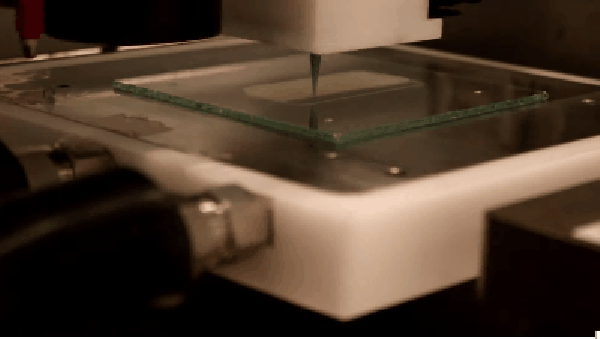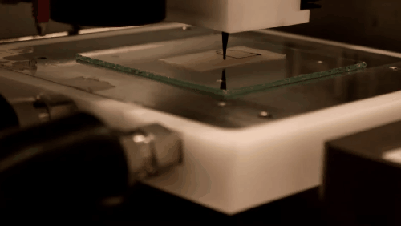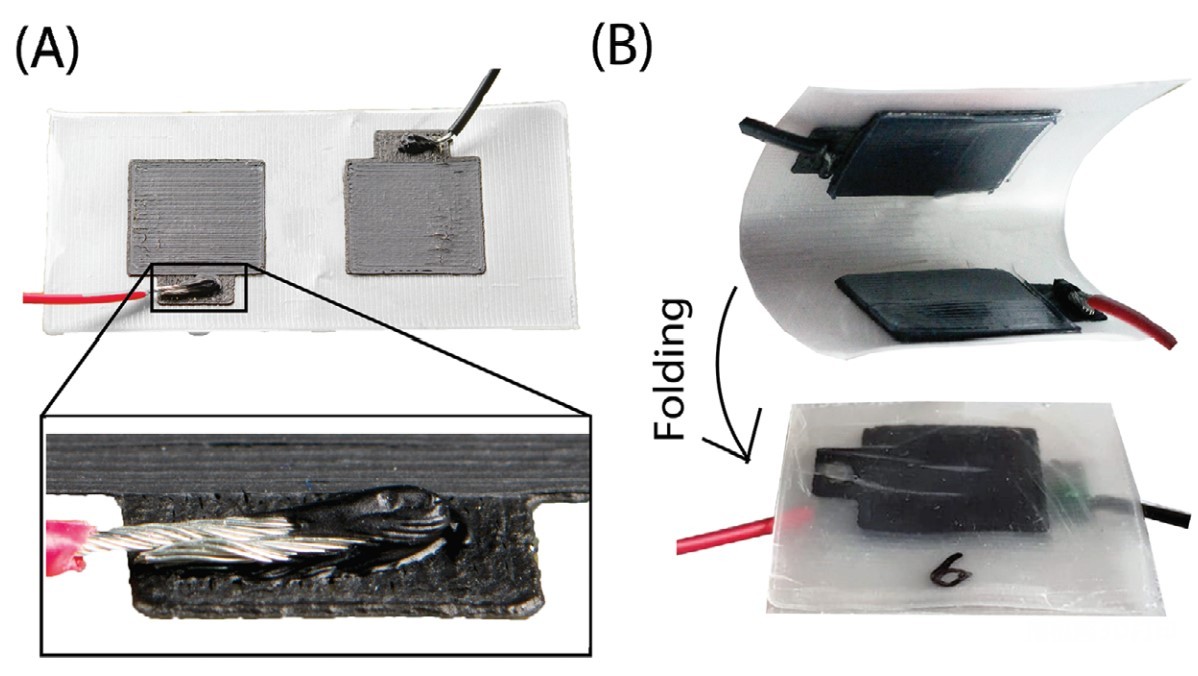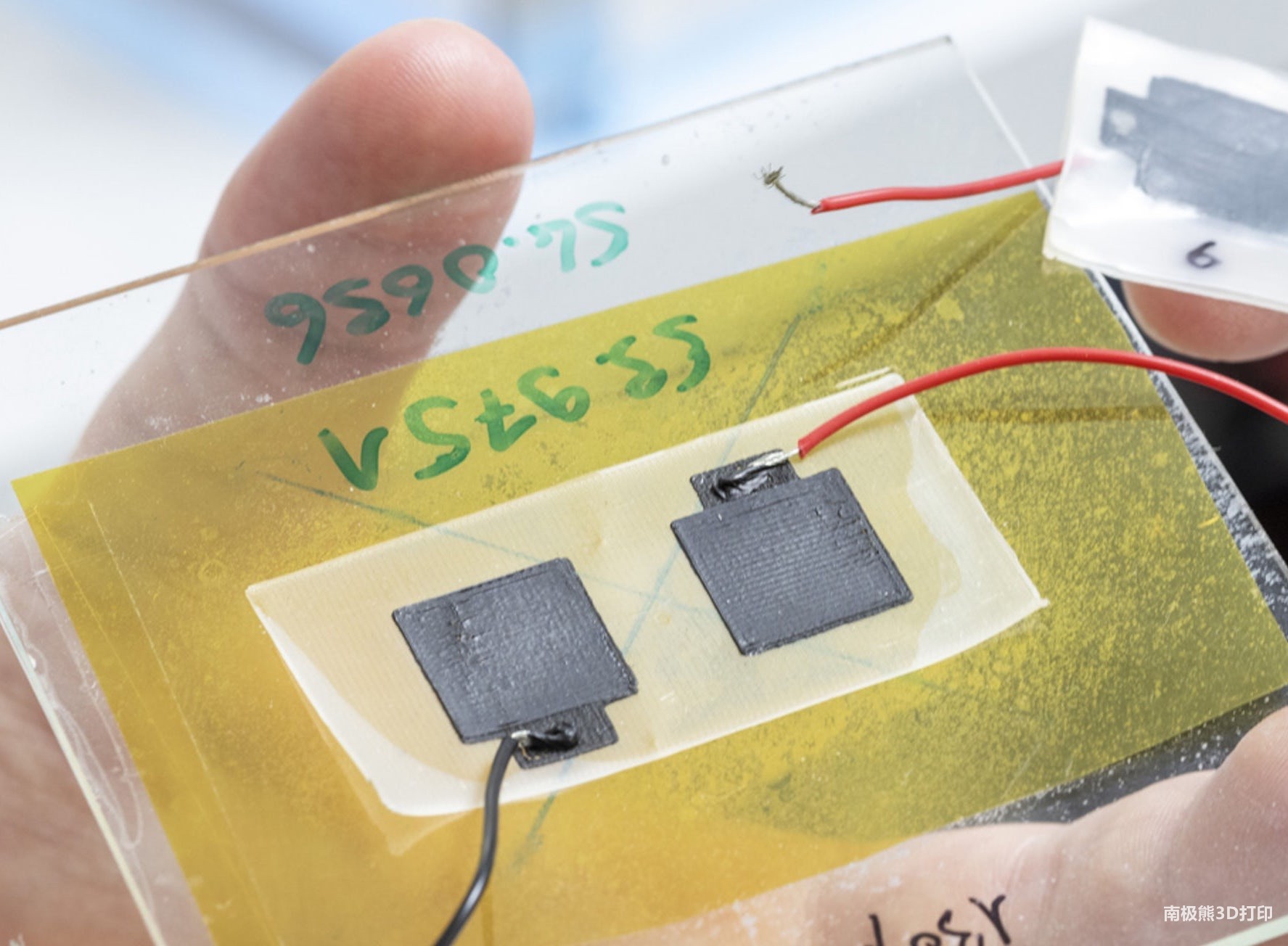On October 22, 2021, researchers at the Swiss Federal Laboratory for Materials Science and Technology (EMPA) have used3D printingTechnology has created a new type of supercapacitor that is environmentally sustainable.
this completely3D printingThe battery, composed of a flexible cellulose and glycerin substrate patterned with conductive carbon and graphite-containing ink, is capable of withstanding thousands of charge cycles while maintaining its capacity.Since it can be
biology
A degradable substrate, the new battery can also be composted after use, potentially making it an ideal tool for solving the world’s e-waste problem.


EMPA scientists claim that with the recent boom in electronic wearables, packaging and Internet of Things (IoT) applications, their global total has risen to 27 billion. However, given the short life cycles of these devices and the fact that they are often powered by non-renewable lithium-ion or alkaline batteries, many of these products end up in landfills, exacerbating the global e-waste problem.




3D printing, they used this method to create two “battery semi-finished products” before folding them together. In practice, that means first printing the cell’s substrate, then depositing its electrodes and conductive graphite-filled electrolyte layer on top, in the process, with some tweaking, producing a functional battery.


(responsible editor: admin)


0 Comments for “Scientists 3D print biodegradable disposable paper batteries, promising to reduce e-waste”